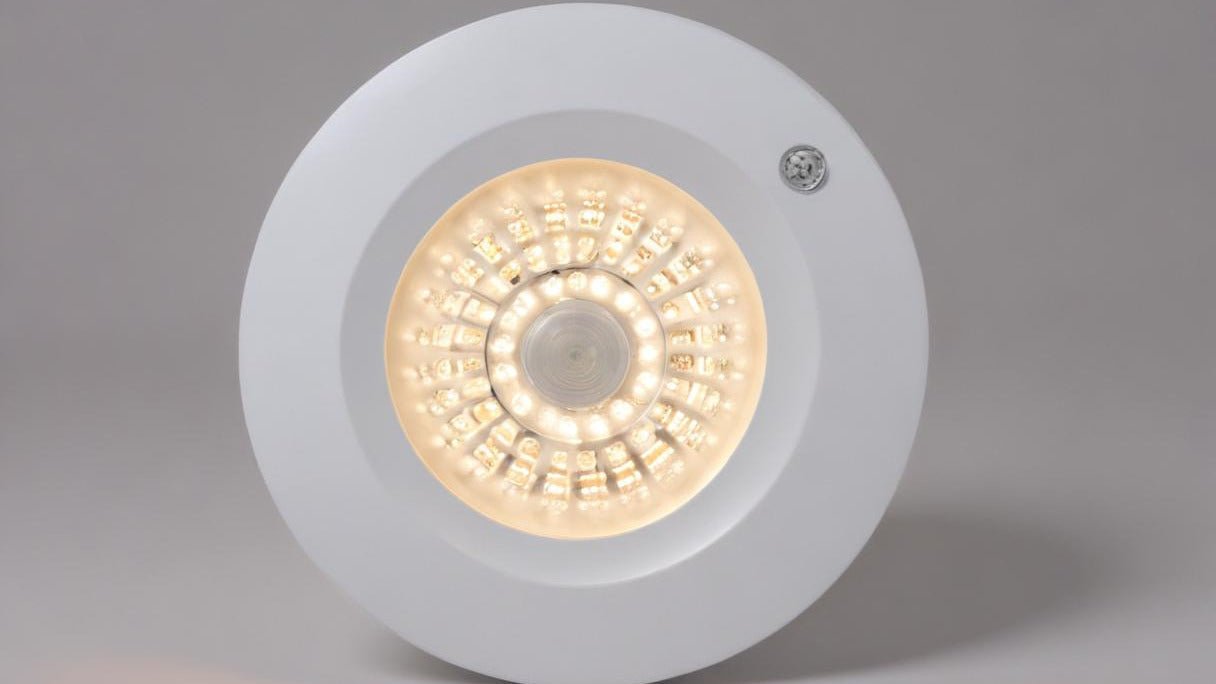Choosing the right brightness for your LED ceiling light can significantly impact the ambiance, functionality, and energy efficiency of your space. Lumens measure the total amount of visible light emitted by a source, and understanding how many lumens are appropriate for your ceiling light is essential for creating the perfect environment. In this guide, we'll explore how many lumens are good for ceiling lights and provide tips to help you make the best choice.
Understanding Lumens
Lumens (lm) are a measure of the total amount of visible light emitted by a source. Unlike watts, which measure energy consumption, lumens directly indicate the brightness of a light source. When selecting an LED ceiling light, it's crucial to consider the number of lumens required to adequately illuminate your space.
General Guidelines for Lumens in Different Rooms
The number of lumens needed for an LED ceiling light depends on the size and function of the room. Here are general guidelines for different rooms:
- Living Room: A living room typically requires a combination of ambient, task, and accent lighting. For ambient lighting, aim for 1,500 to 3,000 lumens. If you have a larger living room or higher ceilings, you may need more lumens to ensure the space is well-lit.
- Kitchen: Kitchens require bright, focused lighting for tasks such as cooking and food preparation. A general guideline is to aim for 3,000 to 4,000 lumens for ambient lighting. Additionally, task lighting under cabinets or over the island may require additional lumens.
- Bedroom: Bedrooms benefit from a softer, more relaxing light. Aim for 1,000 to 2,000 lumens for ambient lighting. Consider adding dimmable LED ceiling lights to adjust the brightness according to your mood and needs.
- Bathroom: Bright lighting is essential in bathrooms, especially around the vanity area. For ambient lighting, aim for 2,000 to 3,000 lumens. Task lighting around mirrors may require additional lumens to ensure proper illumination.
- Office: Home offices require bright, even lighting to reduce eye strain and increase productivity. Aim for 3,000 to 5,000 lumens, depending on the size of the room and the amount of natural light available.

Factors to Consider When Choosing Lumens
Several factors can influence the number of lumens needed for your LED ceiling light:
- Room Size: Larger rooms require more lumens to ensure even illumination. Measure the square footage of your room and use it as a guide when selecting the appropriate lumen output for your LED ceiling light.
- Ceiling Height: Higher ceilings may require more lumens to adequately light the space. If you have vaulted or high ceilings, consider LED ceiling lights with higher lumen output or use multiple fixtures to distribute light evenly.
- Color Temperature: The color temperature of your LED ceiling light can affect the perceived brightness. Lights with a higher Kelvin (K) rating, such as cool white or daylight, may appear brighter than those with a lower Kelvin rating, such as warm white. Choose a color temperature that suits the function of the room while ensuring sufficient lumens for proper illumination.
- Lighting Layers: Combining different types of lighting, such as ambient, task, and accent lighting, can reduce the total number of lumens needed from a single LED ceiling light. Layering your lighting helps create a balanced and functional space.
Tips for Selecting the Right LED Ceiling Light
When choosing an LED ceiling light, keep the following tips in mind:
- Check the Packaging: Most LED ceiling lights have information about the lumen output on the packaging. Use this information to compare different options and select the one that meets your needs.
- Consider Dimmable Options: Dimmable LED ceiling lights allow you to adjust the brightness according to your preferences and activities. This feature is especially useful in spaces where you may need different lighting levels throughout the day.
- Energy Efficiency: LED ceiling lights are known for their energy efficiency. Choose lights with higher lumens per watt to ensure you get the most light output with the least energy consumption. This will help reduce your electricity bills and environmental impact.
- Smart Features: Some LED ceiling lights come with smart features, such as remote control, color-changing capabilities, and integration with smart home systems. These features offer convenience and flexibility, allowing you to customize your lighting to suit your needs.
Conclusion
Determining how many lumens are good for your ceiling light depends on the size, function, and design of your room. By understanding your lighting needs and considering factors such as room size, ceiling height, and color temperature, you can select the perfect LED ceiling light to create a well-lit, comfortable, and energy-efficient space. Whether you’re illuminating a cozy bedroom or a bustling kitchen, the right lumen output will ensure your LED ceiling light meets your expectations and enhances your home’s ambiance.


































Leave a comment
This site is protected by hCaptcha and the hCaptcha Privacy Policy and Terms of Service apply.